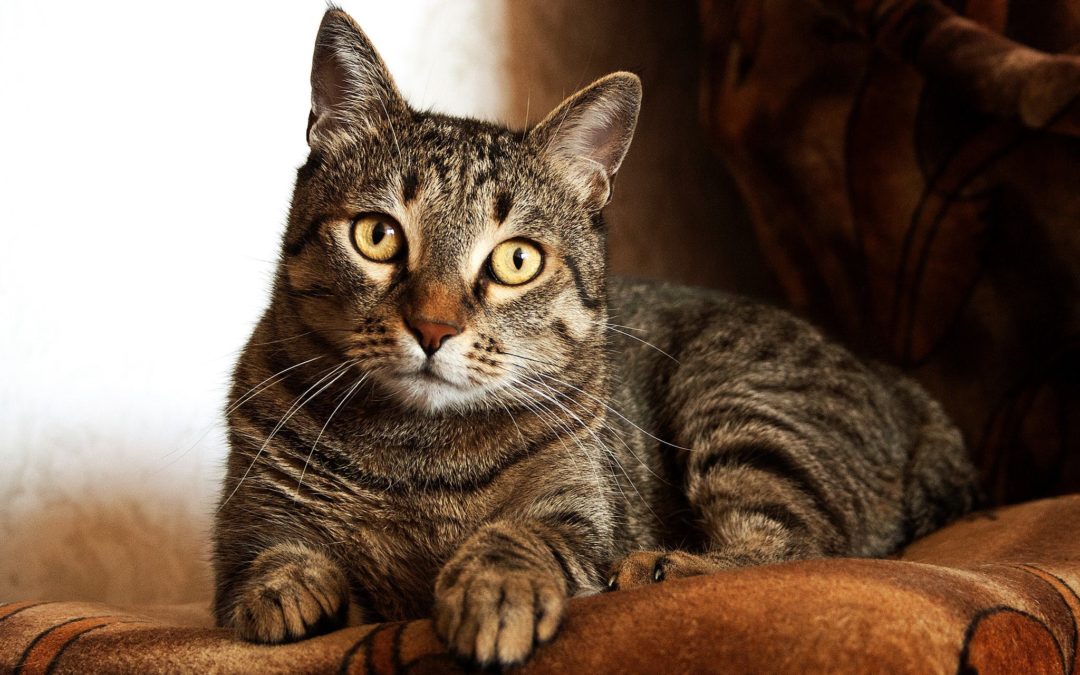For today’s post, we will be discussing diabetes. Many people are familiar with diabetes and how it affects people, but not everyone realizes that it can affect animals as well. Today we will focus on diabetes mellitus and how it affects our cats.
Diabetes mellitus is a condition in which the body is unable to regulate its blood sugar levels. When a healthy cat eats, all the nutrition from that meal is absorbed into the bloodstream. Carbohydrates are absorbed as a simple sugar called glucose. When blood glucose becomes elevated, the pancreas releases the hormone insulin. This allows other cells of the body to absorb the circulating glucose and decrease the overall blood sugar. In diabetes, the body either does not produce insulin (Type 1 in people) or the other cells of the body have stopped responding to insulin (Type 2 in people). Cats are typically affected with diabetes similar to Type 2, meaning their cells no longer respond to circulating insulin. This causes glucose to remain in their bloodstream, resulting in high blood sugar.
Cats affected by diabetes can show a wide range of clinical signs at home. Classically, they will drink more water and urinate more frequently. They may also seem hungrier despite losing weight. Some cats will develop a “plantigrade stance,” which means their back legs are closer to the ground when standing, almost like they are crouching to jump. Diabetic cats are also more prone to developing infections, such as urinary tract infections.
We can usually diagnose diabetes in cats using a combination of blood and urine testing. Once confirmed, cats are commonly treated with a combination of twice daily injectable insulin and a specific low carbohydrate diet. There are also newer, exciting once daily oral medications that help lower blood sugar levels and have shown promise for regulating diabetes in cats. Our veterinarians will work with you to determine the best treatment plan for your cat.
When treatment is started, it is possible for a cat to achieve diabetic remission. This means their own body will start to control their blood sugar and they will no longer need medication. Up to 25% of cats can achieve diabetic remission, usually within the first 6 months of treatment.
Between 0.2-1% of all cats will be affected by diabetes during their lifetime, but there are some strategies we can all implement to help prevent the development of diabetes in our cats. Cats who are overweight are up to four times more likely to develop diabetes compared to those who are at a healthy weight. If you are concerned about your cat’s weight, please reach out to discuss a plan with your veterinarian. There are also some medications that may predispose cats to the development of diabetes, so please only use medications as recommended by your veterinarian. Finally, older cats are at an increased risk for diabetes. We recommend screening blood work in our older patients to check for diseases such as diabetes at a regular interval. If your cat is displaying any of the signs discussed above, please reach out to schedule an appointment so we can discuss the next best steps for them.
Image credit: Pexels

